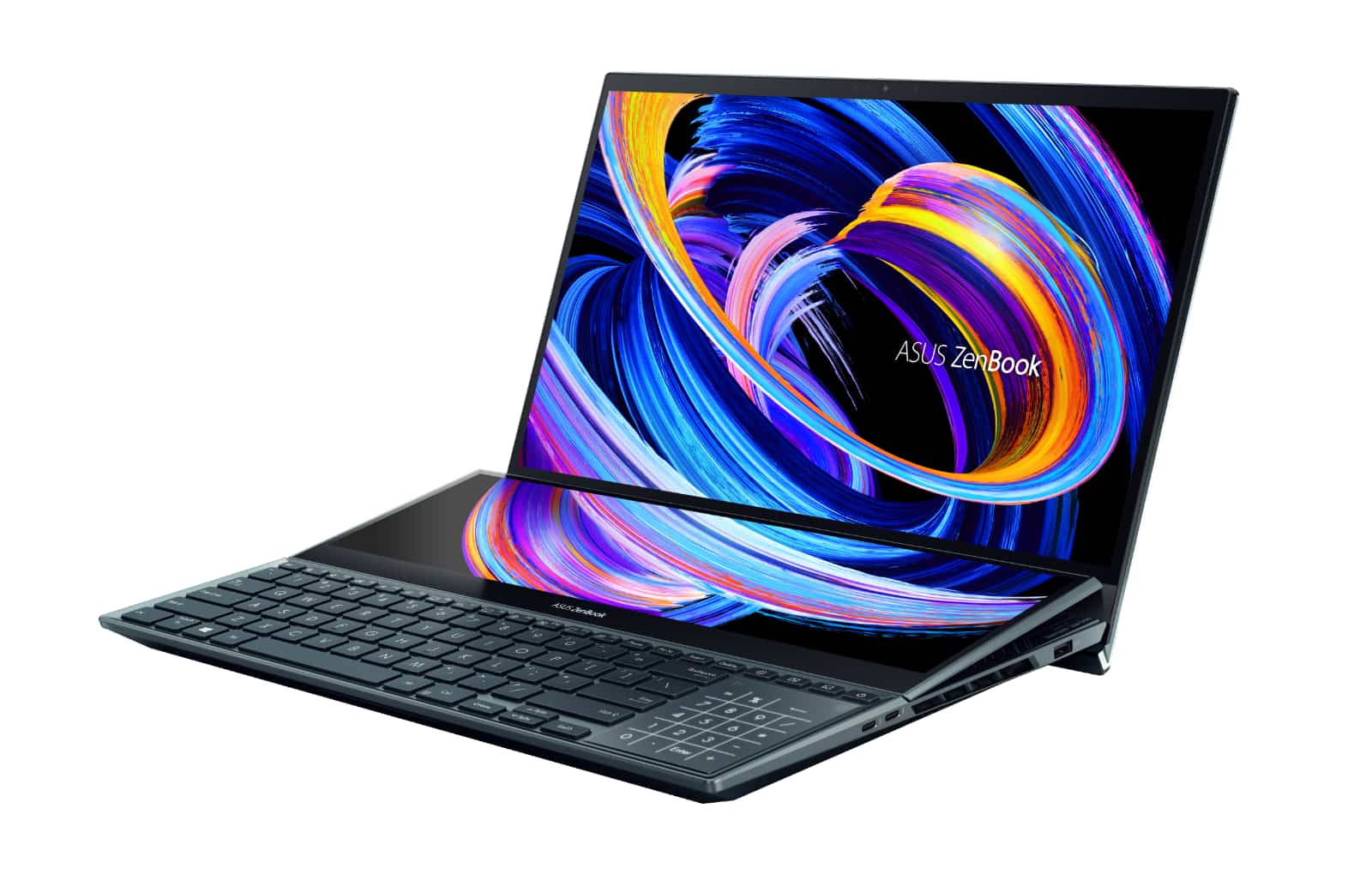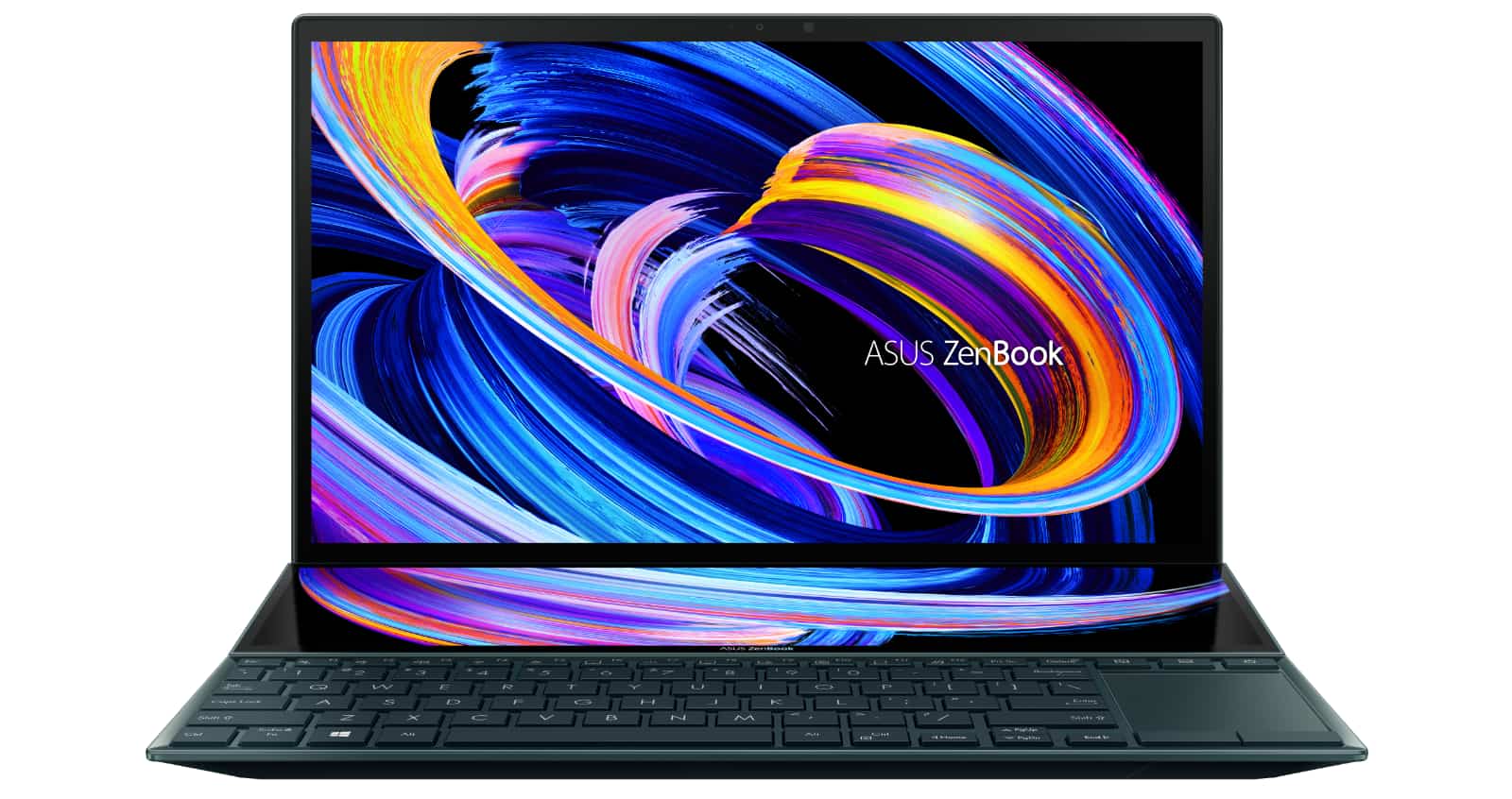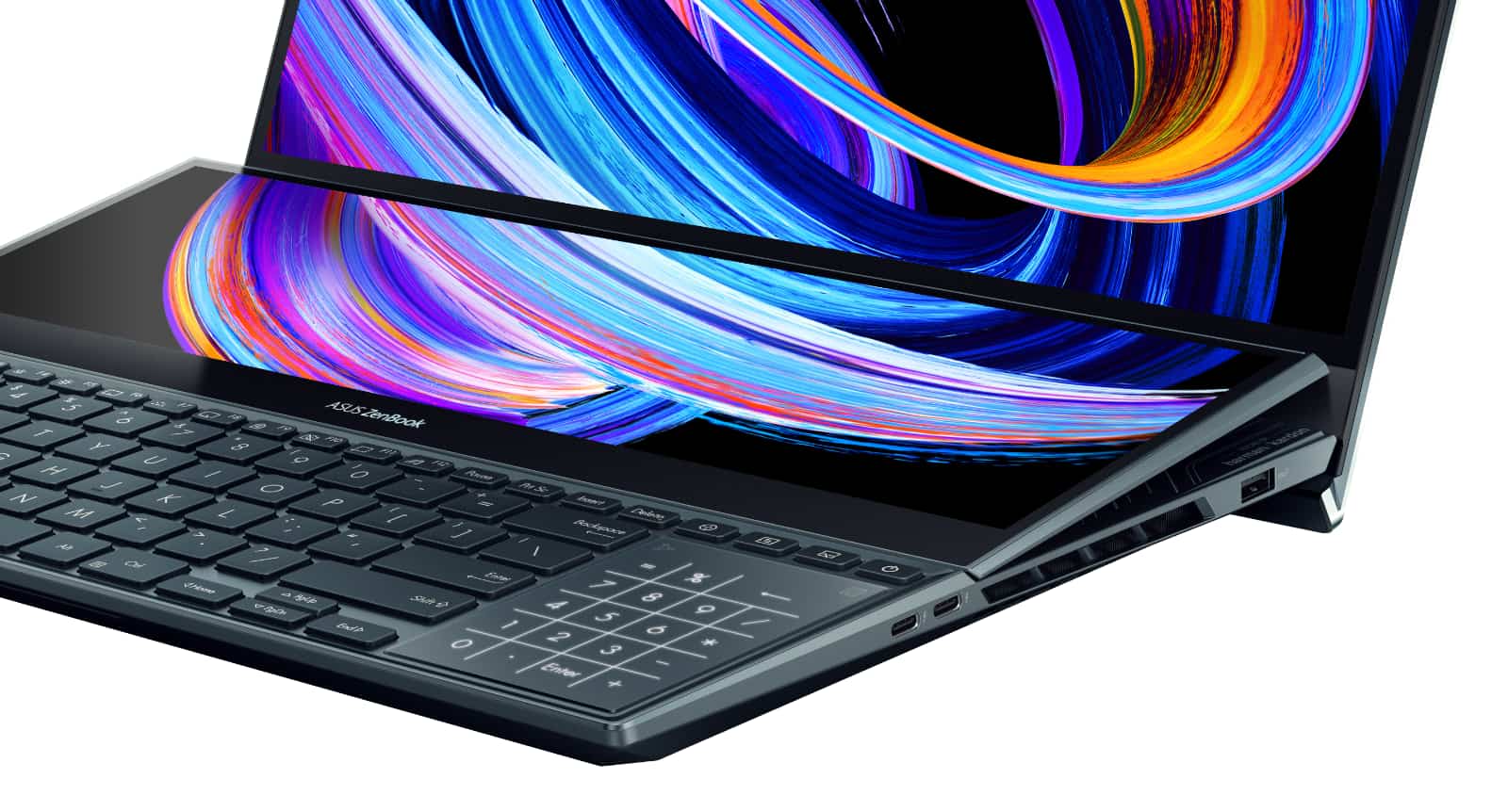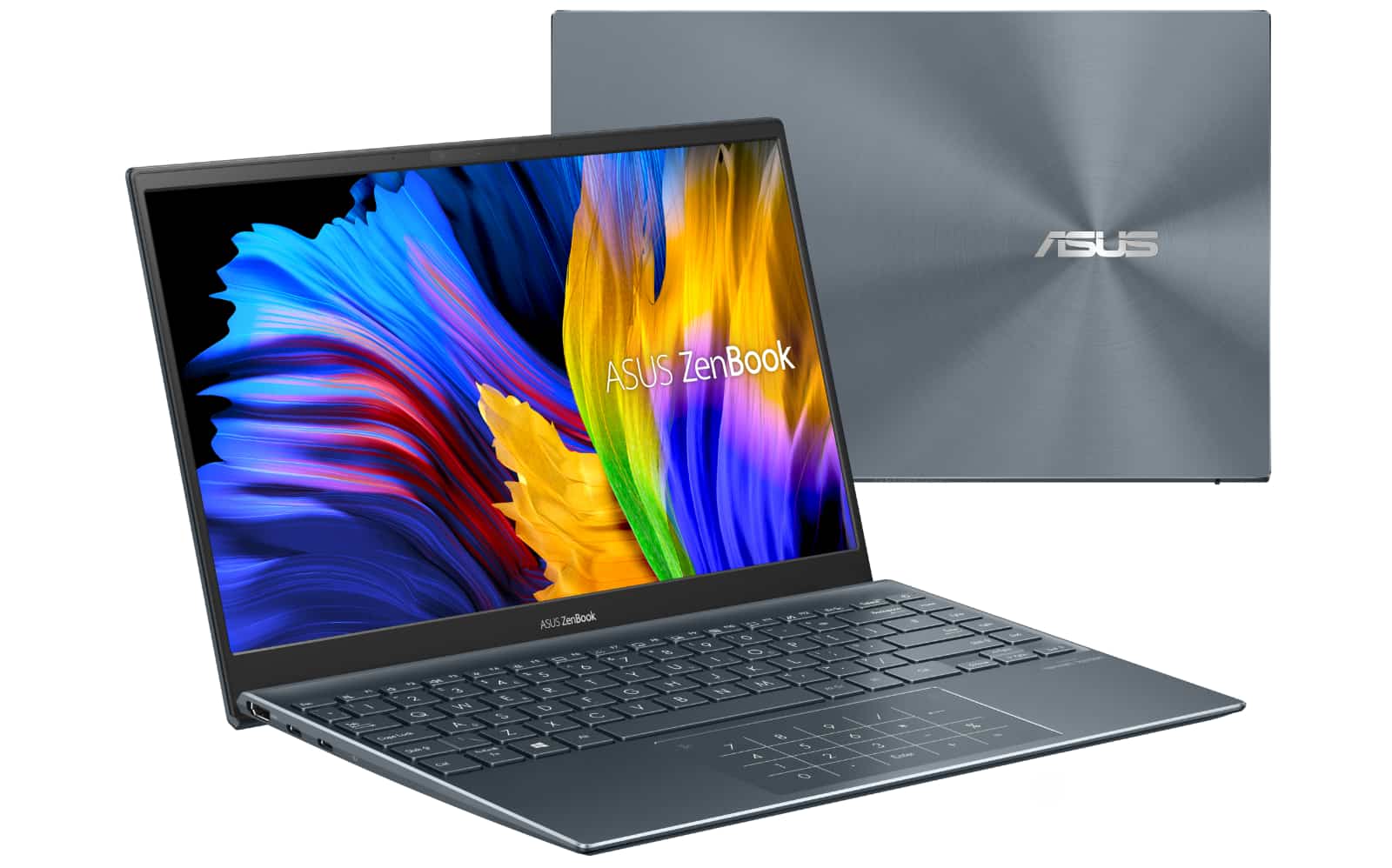It’s not just gamers that’ll get two screens to play with this year, as Asus tries two screens for everyone else, too.
We’re still sorting through the rest of our CES 2021 madness, because there was a lot, and some of the important stuff not to be missed from the first online-only show comes in the form of computers. Yep, there’s a lot of them this year.
Perhaps it’s because we didn’t get a Computex last year — it was moved to this year — but we saw so many computers at CES, there was only so much time to write about them the week that was, we ended up recording them more quickly.
But ahead of an expected February launch, we’re checking out what Asus has beyond gamers and for everyone else, though the inspiration clearly comes from the experiments Asus is doing in the gaming category.
This year, Asus is pushing hard into laptops, offering computers with OLED screens for a more vivid display, laptops with an extra screen built into the design, and super slim computers, as well.
It’s a pretty hefty range, it seems, and led by two computers with extra screens, coming in the ZenBook Duo range. There’ll be two this year, on top of the gaming-focused Zephyrus Duo, with a similar take on that arriving in the 15.6 inch ZenBook Pro Duo 15 OLED, plus a smaller model in the 14 inch ZenBook Duo.
Like the Zephyrus announced at CES 2021, both include extra screens in positions just under the main screen itself, with something Asus calls a “ScreenPad”.
Essentially, the ScreenPad is a thin and wide touchscreen that acts as both an extra screen for Windows computers, plus a touchpad of sorts. You might want to consider it an extra tall TouchBar like from Apple’s MacBook Pro range, but with a little more control for Windows. In the 15.6 inch ZenBook Pro Duo, the ScreenPad is a 14 inch screen that tilts up, while the 14 inch ZenBook Duo uses a 12.6 inch ScreenPad for its extra screen.
Both laptops include quite a bit of power, with up to an 10th gen Intel Core i9 in the 15 inch model and an 11th gen Intel Core i7 in the 14 inch, plus support for GeForce chips for graphics, as well.
Asus will also have thin 13 inch computers to take on the likes of what Apple and Dell produce in their respective MacBook Air and XPS 13 super-slim ranges, arriving in the ZenBook 13 OLED, which offers either Intel or AMD chips, a little over a kilogram of weight, and up to 13 hours of battery. Meanwhile, there are also other variations of ZenBook models for difference sizes, while the ZenBook Flip will offer a similar take but with a 360 degree hinge.
And there’s no word on pricing yet, but with a local announcement date pencilled in for early February, we suspect it won’t be too long before we find out how much the Asus 2021 range will cost in Australia.









